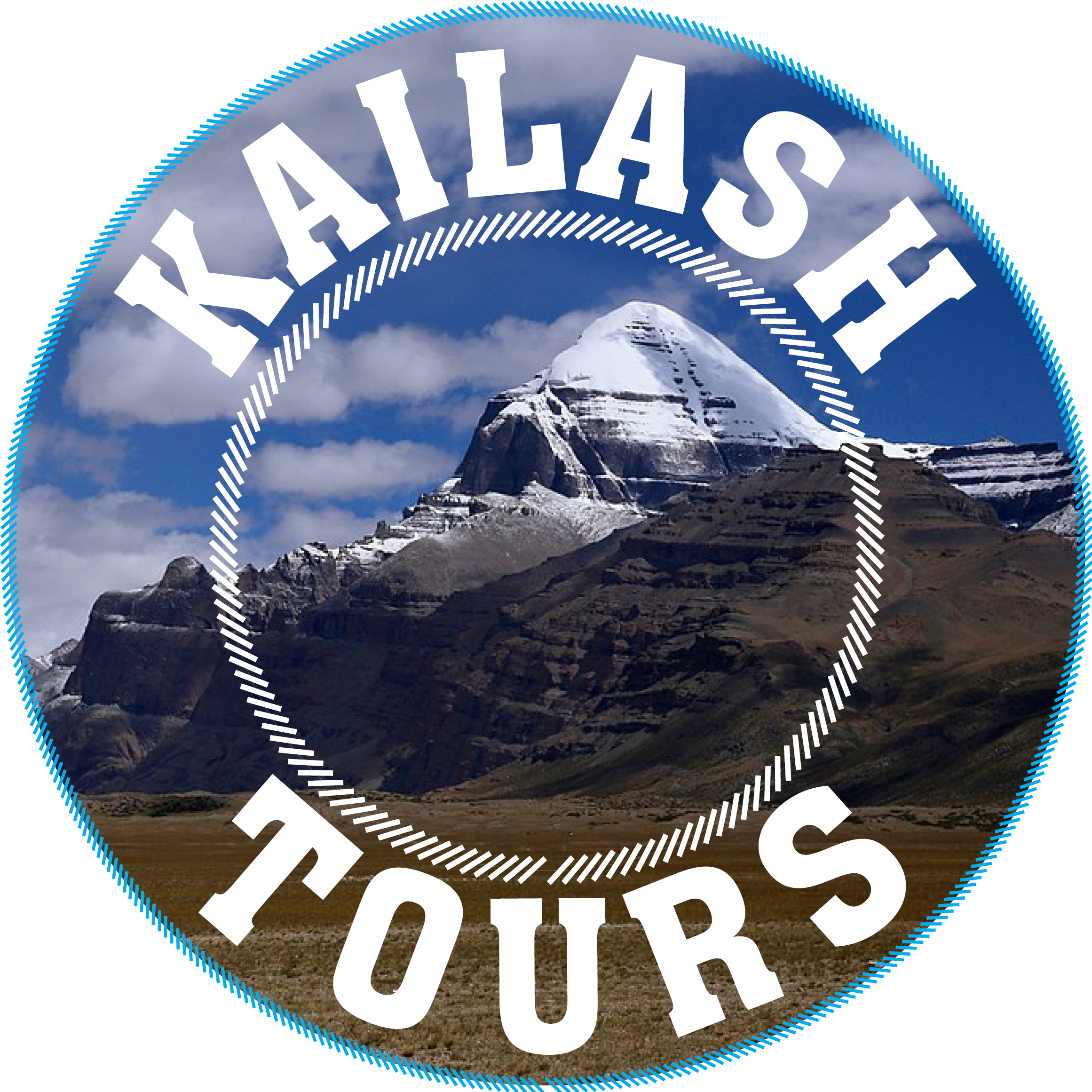Transportation in Tibet can be challenging due to its remote location, high altitudes, and rugged terrain. However, there are several transportation options available for getting around the region:
Domestic Flights:
Lhasa Gonggar Airport is the primary airport in Tibet and offers domestic flights connecting Lhasa with major cities in China, including Beijing, Shanghai, Chengdu, and more.
Flights can be a convenient way to access Tibet, but keep in mind that high-altitude airports can sometimes experience weather-related delays.
Qinghai-Tibet Railway:
The Qinghai-Tibet Railway, also known as the “Sky Train,” connects major Chinese cities like Beijing, Chengdu, and Xining with Lhasa.
The train journey offers breathtaking views of the Tibetan plateau, but altitude sickness can be a concern. The train is equipped with oxygen supplies to help passengers acclimatize.
Road Trips and Buses:
Tibet has a network of roads connecting major cities and towns. Long-distance buses are a common mode of transportation between different regions.
Be prepared for long travel times and potentially rough road conditions, especially when traveling to more remote areas.
Local Buses and Taxis:
Within cities like Lhasa, you can find local buses and taxis for getting around. Taxis might be limited in some areas, so it’s a good idea to arrange transportation in advance if needed.
Private Tours and Drivers:
Many tourists opt for private tours with local travel agencies. These tours often include transportation, guides, and accommodations, making it easier to navigate the region.
Motorbikes and Bicycles:
Motorbike rentals and cycling tours are available in some areas, offering a unique way to explore the stunning landscapes of Tibet.
Hitchhiking:
Hitchhiking might be possible in certain areas, but keep in mind that distances can be vast and conditions challenging.
Altitude and Travel Precautions:
When traveling in Tibet, especially by road or rail, be aware of the potential for altitude sickness. Allow time for acclimatization and be prepared with altitude sickness medication if needed.
Navigation and Maps:
It’s a good idea to have offline maps and navigation apps on hand, as road signs might be in Tibetan or Chinese characters.
Travel Restrictions and Permits:
- Some areas in Tibet might have restricted access due to political or military reasons. Make sure you have the necessary permits to visit the places you intend to explore.
Given the challenges of transportation in Tibet, it’s recommended to plan your itinerary well in advance and consider booking transportation and accommodations through reputable travel agencies. This can help ensure a smoother and more enjoyable travel experience in this unique and captivating region.
